Keep up with this year’s digital transformation trends. Are you struggling with their challenges? Taking full advantage of their benefits and digital transformation technologies?
Digital transformation is a big subject. One that’s continuously evolving and reshaping how businesses operate in the tech-driven landscape. In today’s fast-paced world, understanding and embracing these dynamic digital transformation trends is not just a choice but a necessity.
Digital transformation trends, often referred to as trends in digital transformation, have become the cornerstone of modern business strategies. They encompass various technological advancements that organizations employ to modernize their operations and enhance customer experiences.
In this blog, we will dive deep into digital transformation trends. So, whether you’re a tech enthusiast, a business leader, or simply someone curious about the future, there’s something here for you.
First, let’s get things straight: what exactly is digital transformation, and why does it hold the key to the future of business?
Are you also interested in Fintech? Check out our blog “Top 10 Fintech Trends in 2023: Unlocking the Future.”
Table of contents
- Trends in Digital Transformation
- Why Does Keeping Up with Digital Transformation Trends Matter?
- What Are the Benefits and Challenges of Digital Transformation Trends?
- What is Trending in Digital Transformation Right Now?
- Embracing Digital Transformation Trends with ClickIT
- Conclusion
- FAQs
Trends in Digital Transformation
At its core, digital transformation represents the strategic integration of advanced technologies and digital experiences into an organization’s operations, objectives, and overall vision. It’s a comprehensive journey to enhance business processes, streamline workflows, and deliver exceptional customer experiences.
Gartner, a leading research and advisory firm, defines digital transformation as “the process of leveraging emerging technology and supporting skills to build a robust new business model.” In essence, it’s about using the latest tools, techniques, and expertise to reshape how a company operates, interacts with its customers, and achieves its goals.
However, it is not a one-time event; it’s a continuous journey that should become an intrinsic part of an organization’s DNA. Embracing trends in digital transformation and introducing technologies should be an ongoing practice. It’s a strategic evolution that allows businesses to adapt, innovate, and fend off disruption in an ever-changing market.
In the following sections, we’ll talk a bit more about digital transformation, the benefits it offers, and the challenges that organizations may encounter along the way. As we walk through this journey, we’ll also keep an eye on the emerging trends shaping our industry.
Why Does Keeping Up with Digital Transformation Trends Matter?
Digital transformation trends offer a compass to navigate technology and business practices.
In 2022, the market size for digital transformation stood at a staggering $731.13 billion. Moreover, the projections suggest a compound annual growth rate (CAGR) of 26.7% until 2030.
Digital transformation is the secret weapon that empowers businesses. It’s not merely a fancy concept; it enables companies to outshine their competitors. In essence, it’s about consolidating all the tools and strategies at your disposal to ensure you’re not just surviving but thriving.
Imagine your business is getting ready to fight some industry giants. The more you equip yourself with the latest digital transformation technologies, the better your chances of excelling in this competition.
What Are the Benefits and Challenges of Digital Transformation Trends?
Embarking on a journey of transformation is a complex and multifaceted endeavor. It is filled with challenges that can test even the most experienced business professional. However, the rewards that come with successfully integrating its trends are nothing short of transformative.
Benefits of Digital Transformation Trends
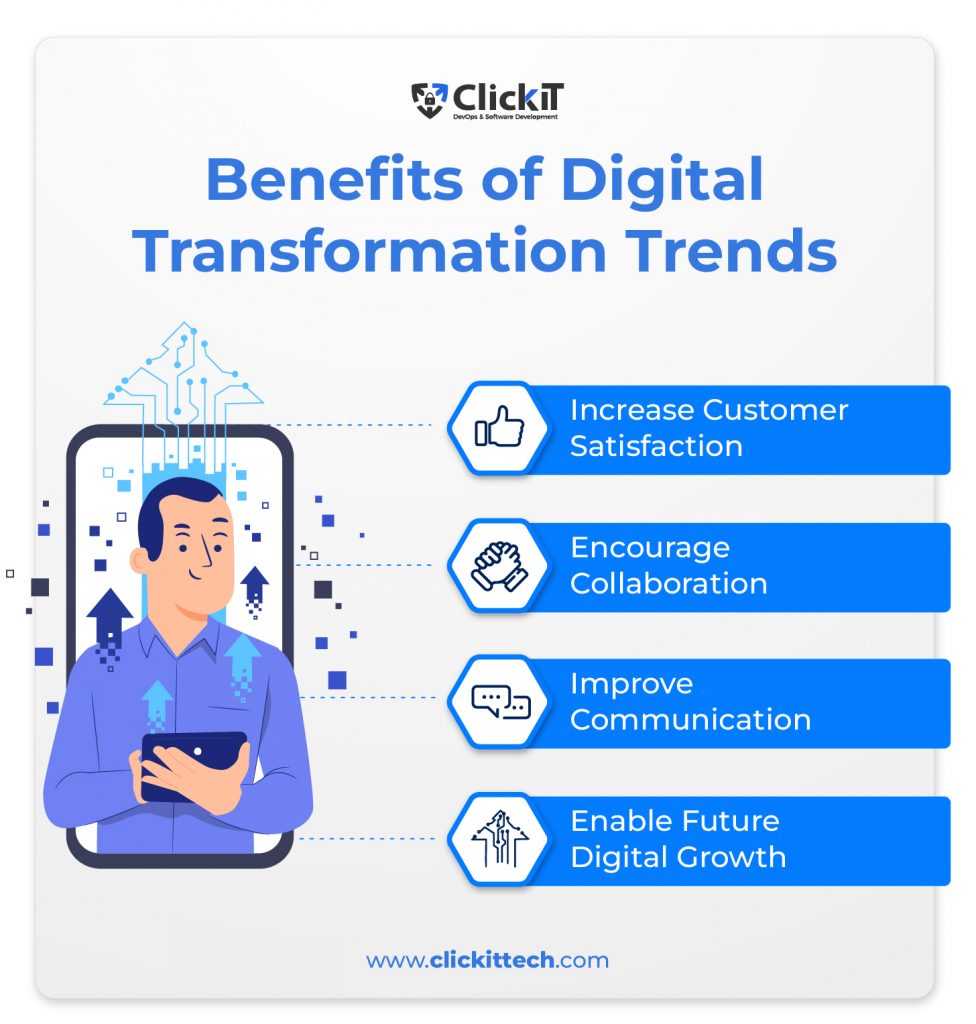
Increase Customer Satisfaction
The first in our digital transformation benefits list is one all businesses would like to hear: customer satisfaction. Today’s clients crave personalized experiences that cater to their unique needs. All this while demanding effortless, automated interactions that minimize human intervention.
One of the standout advantages of digitalization in business is implementing robust digital tools and strategies. These tools enable you to offer services tailored to specific locations or industries, automating processes and reducing friction points. The result? Enhanced customer satisfaction as you deliver precisely what your customers desire.
Encourage Collaboration & Improve Communication
To drive innovation and maximize productivity, effective communication and collaboration are essential. Digital transformation breaks down barriers within organizations. It eliminates the inefficiencies of roundabout communication, redundancy, data loss, and ineffective idea-sharing.
By digitizing internal communications, businesses can elevate productivity, foster accountability, and stimulate creativity.
Enable Future Digital Growth
Perhaps the most fundamental benefit of digital transformation lies in its ability to lay the foundation for future growth. On the other hand, not investing in it can quickly render a company obsolete.
As we mentioned before, change is not a choice; it’s a necessity for survival in the digital age. Once embraced, the benefits of adopting its trends become the headstone of long-term profitability and resilience.
Learn more about digital trends in DevOps Trends.
Challenges of Digital Transformation Trends
While the charm of embracing transformation trends is undeniable, the path to success has its fair share of challenges. Therefore, as we delve into it, we must proactively acknowledge and address digital transformation challenges.
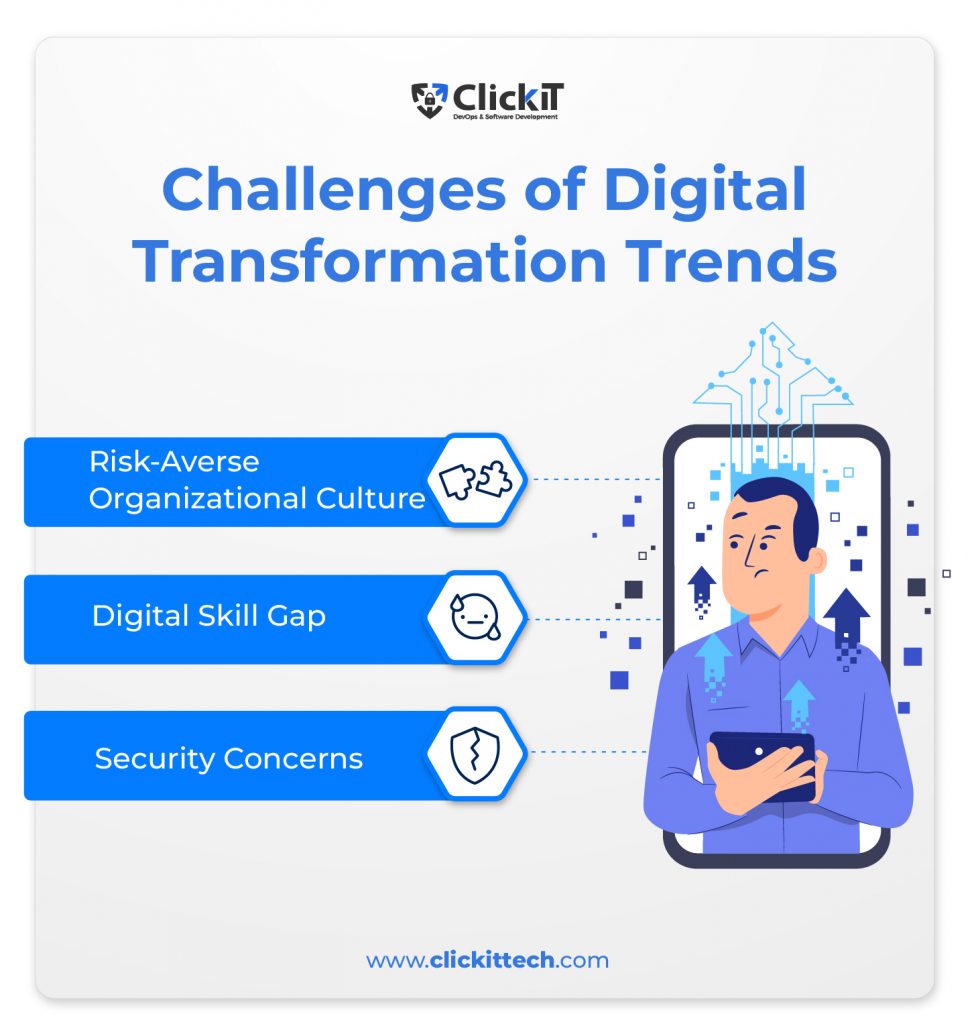
Risk-Averse Organizational Culture
Enterprises with a risk-averse culture hinder growth and innovation. This resistance to change can manifest at all levels, from executives who may see little benefit in altering tried-and-true practices to employees who feel uncertain about their new roles and responsibilities with the transformation.
Failing to address these cultural issues can result in missed growth opportunities and stagnation.
Digital Skill Gap
As organizations adopt the trends, the demand for digital skills reaches far beyond IT departments. Nearly every role within an organization, including non-technical positions, now requires a basic level of tech proficiency. However, the digital skills gap carries a significant challenge.
Finding individuals with expertise in critical areas such as analytics, cybersecurity, and digital experience can be difficult, especially given the limited talent pool. This scarcity of specialized talent slows down transformation and drives up costs.
Security Concerns
Our last in our list of digital transformation challenges revolves around security.
For businesses, especially those in data-sensitive industries, digital transformation trends can host several security concerns. Many transformation efforts involve migrating from on-premise solutions to the cloud and centralizing data systems. While this enhances efficiency, it also increases the potential threat of cyberattacks aimed at stealing sensitive customer and company data.
To mitigate risks, organizations must address cybersecurity concerns, conduct vulnerability assessments, and provide comprehensive training to employees.
Understanding and confronting these digital transformation challenges is vital for organizations committed to staying at the forefront of technological advancements. Moreover, they must remember that every challenge presents an opportunity for growth and innovation.
What is Trending in Digital Transformation Right Now?
On to the main section of the blog: the digital transformation trends that hold the potential to reshape how organizations operate, innovate, and deliver value to their customers.
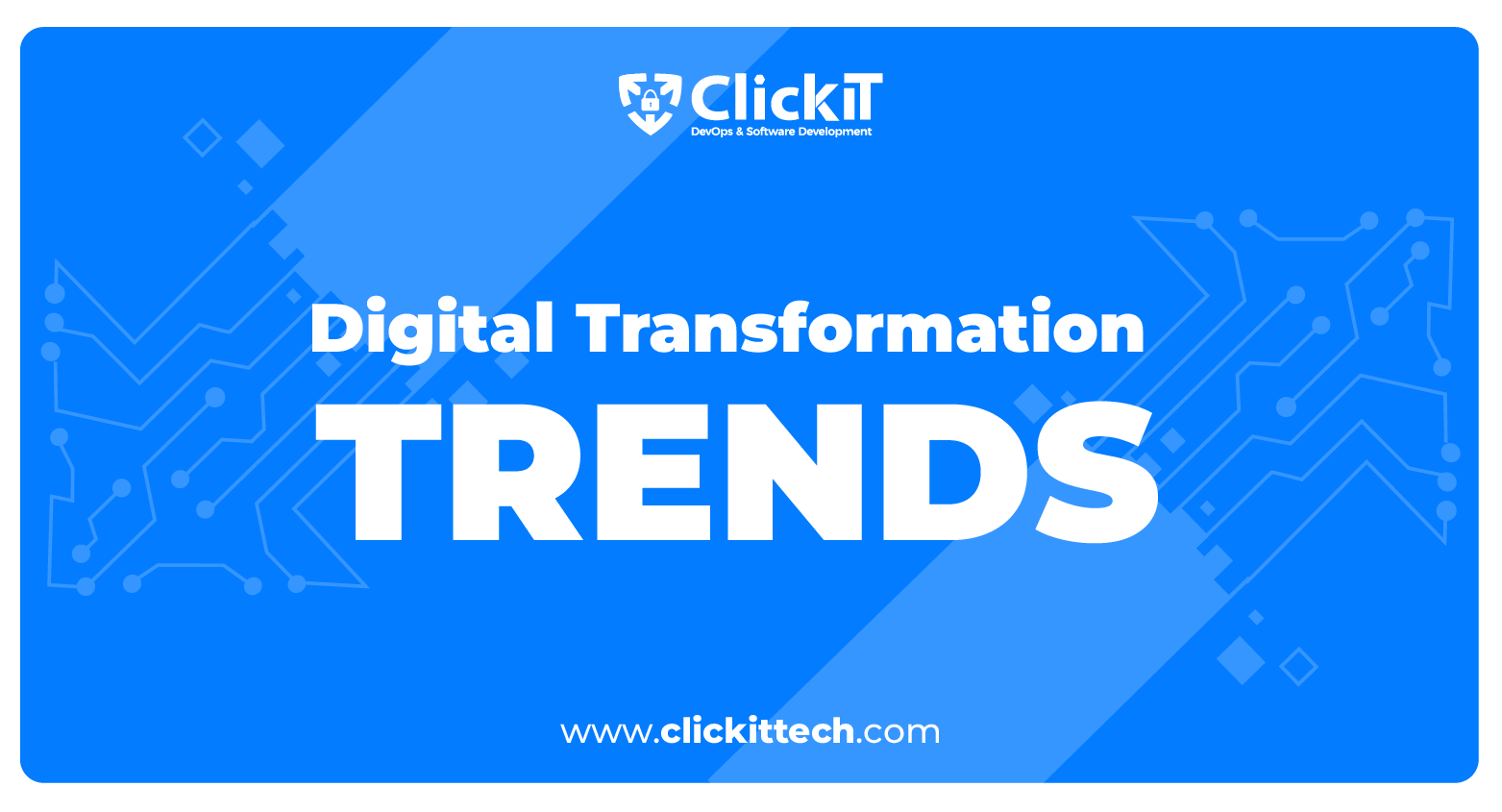


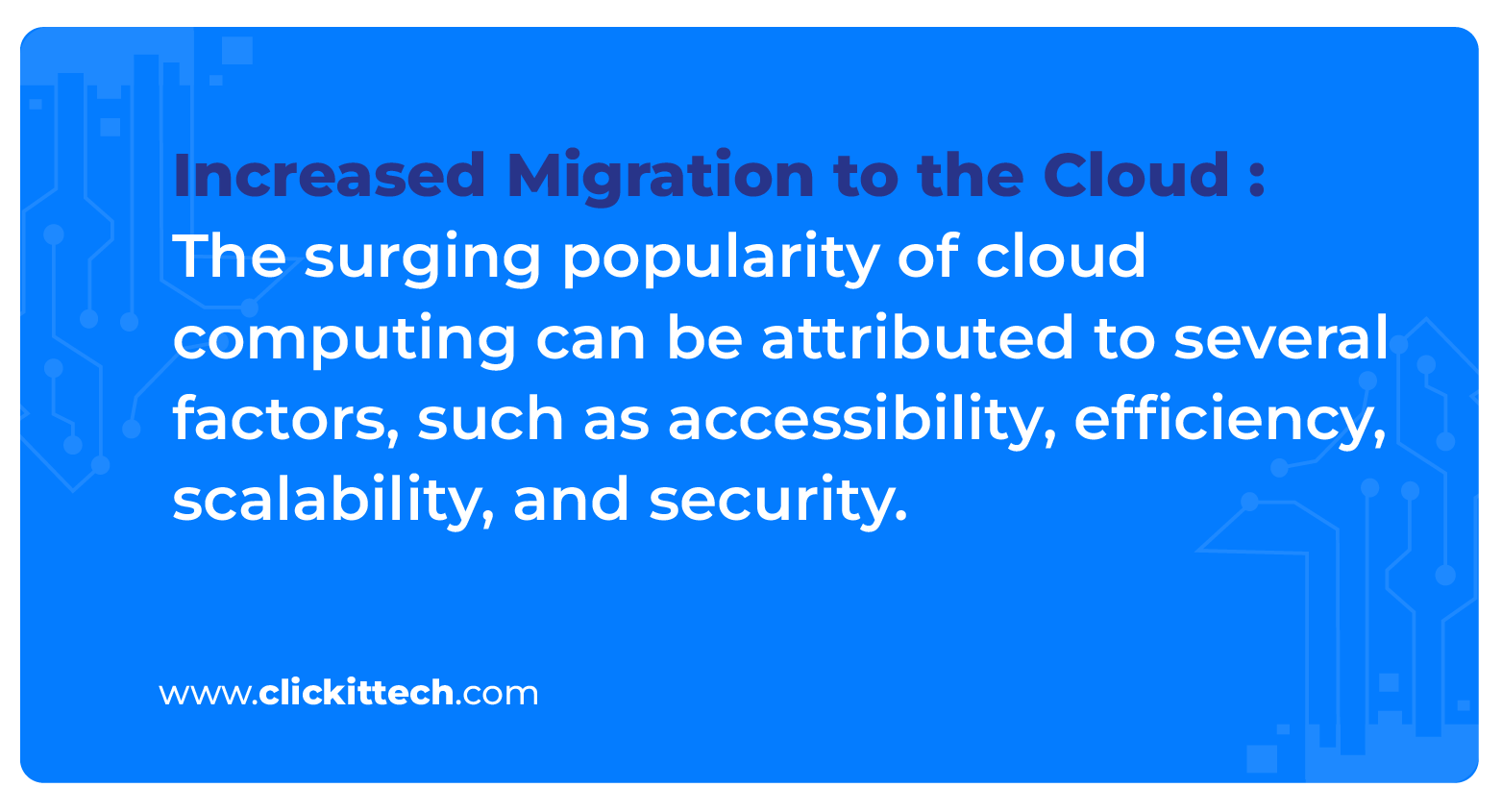
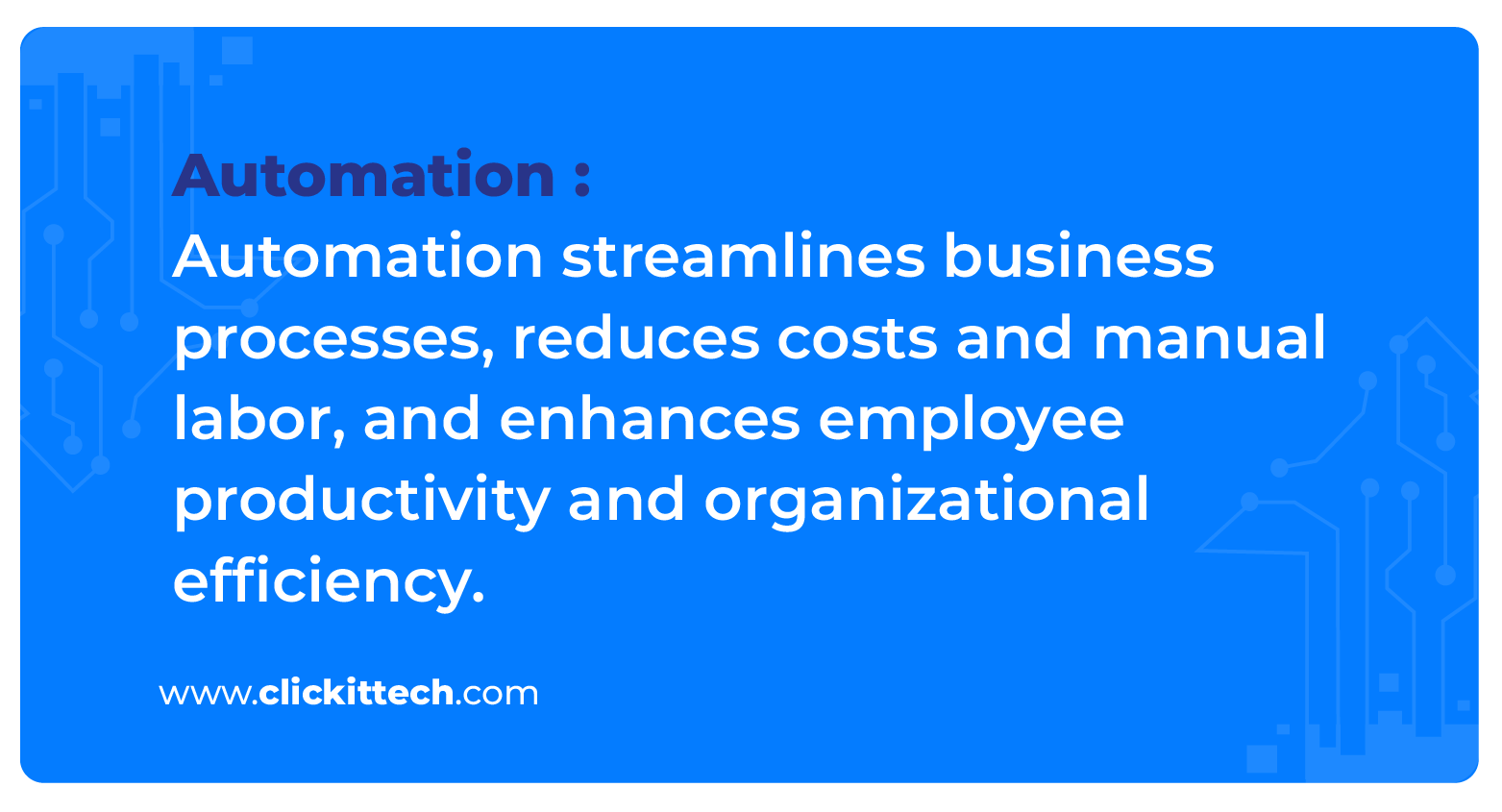
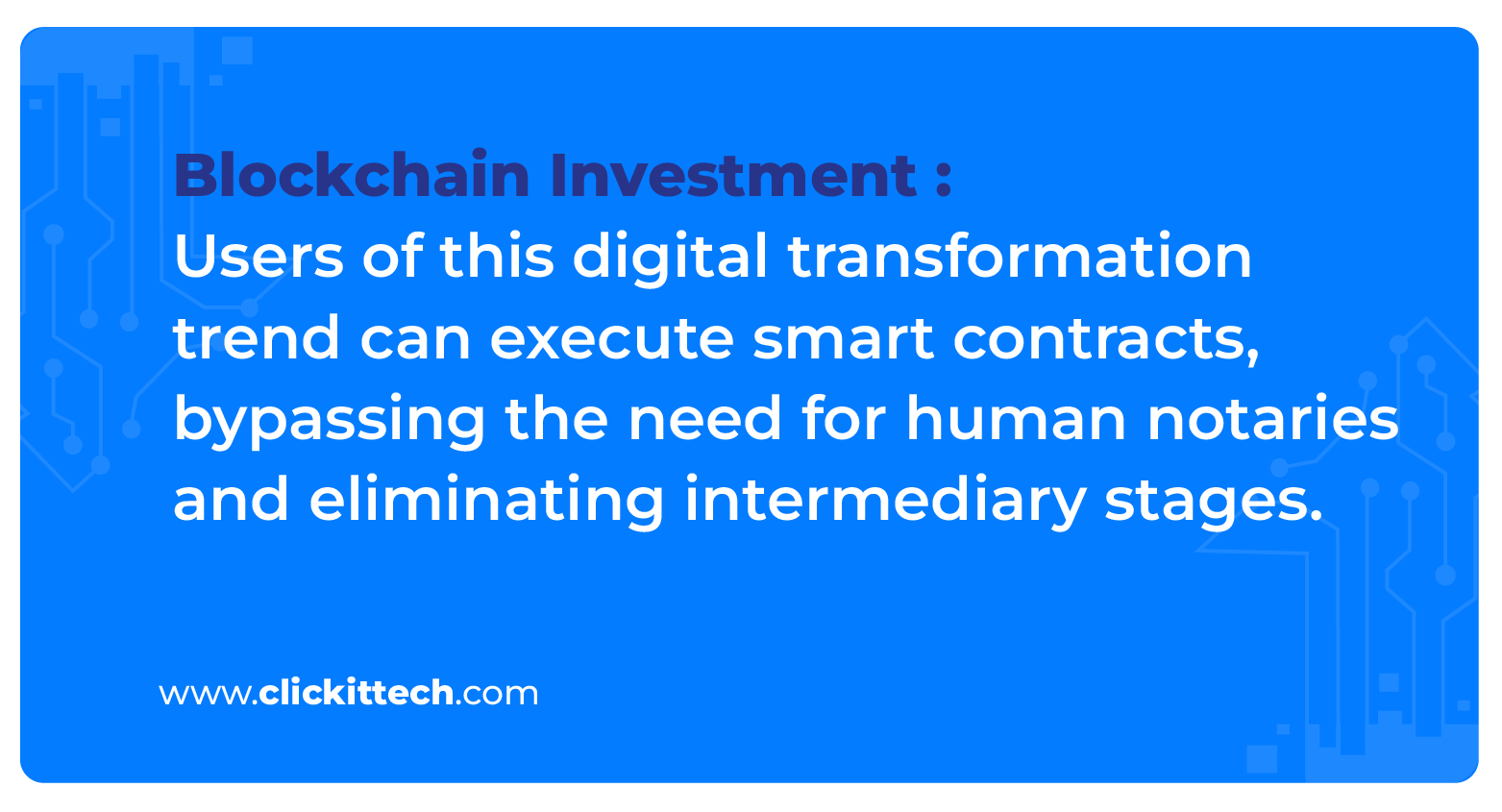
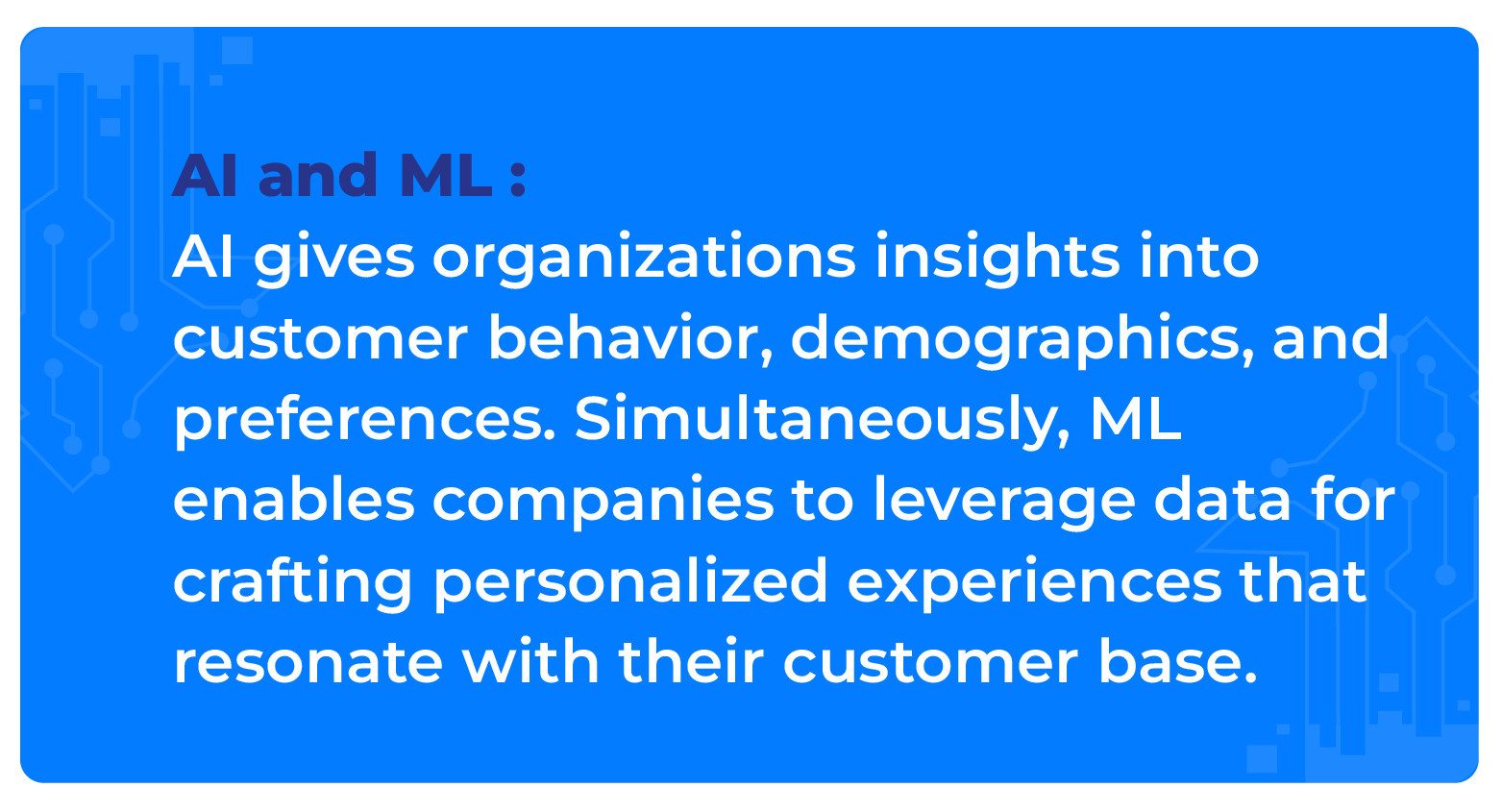
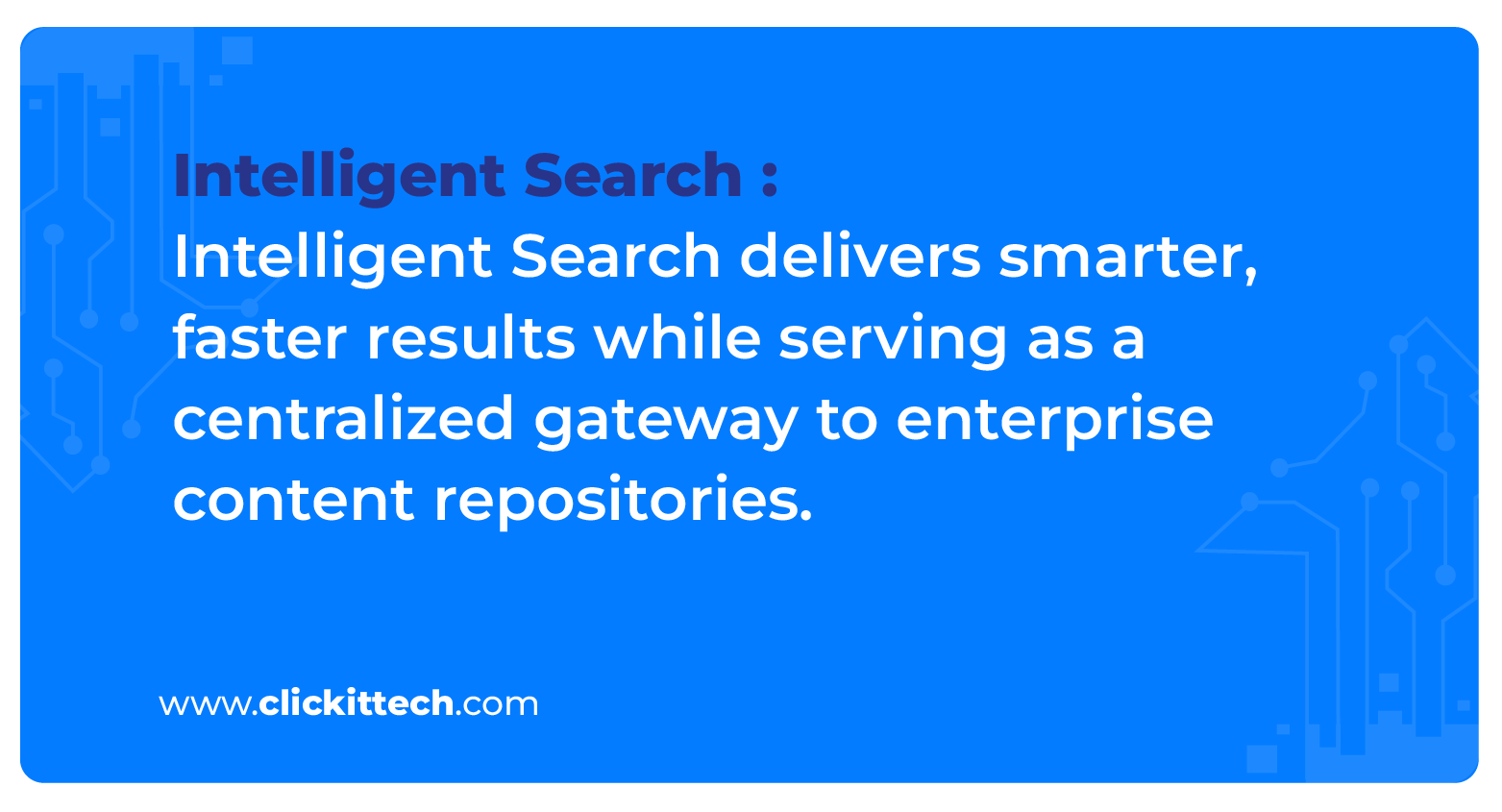
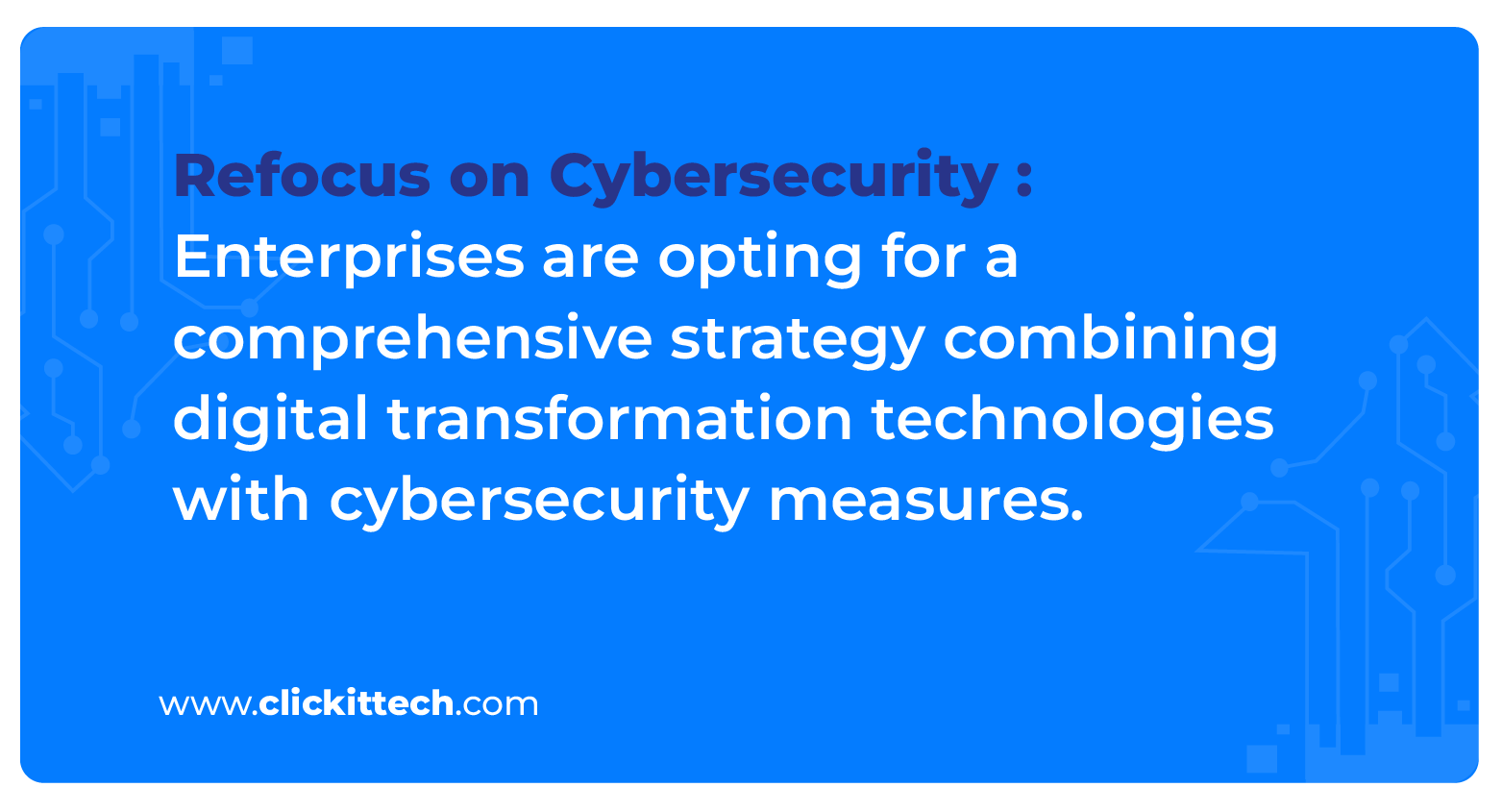
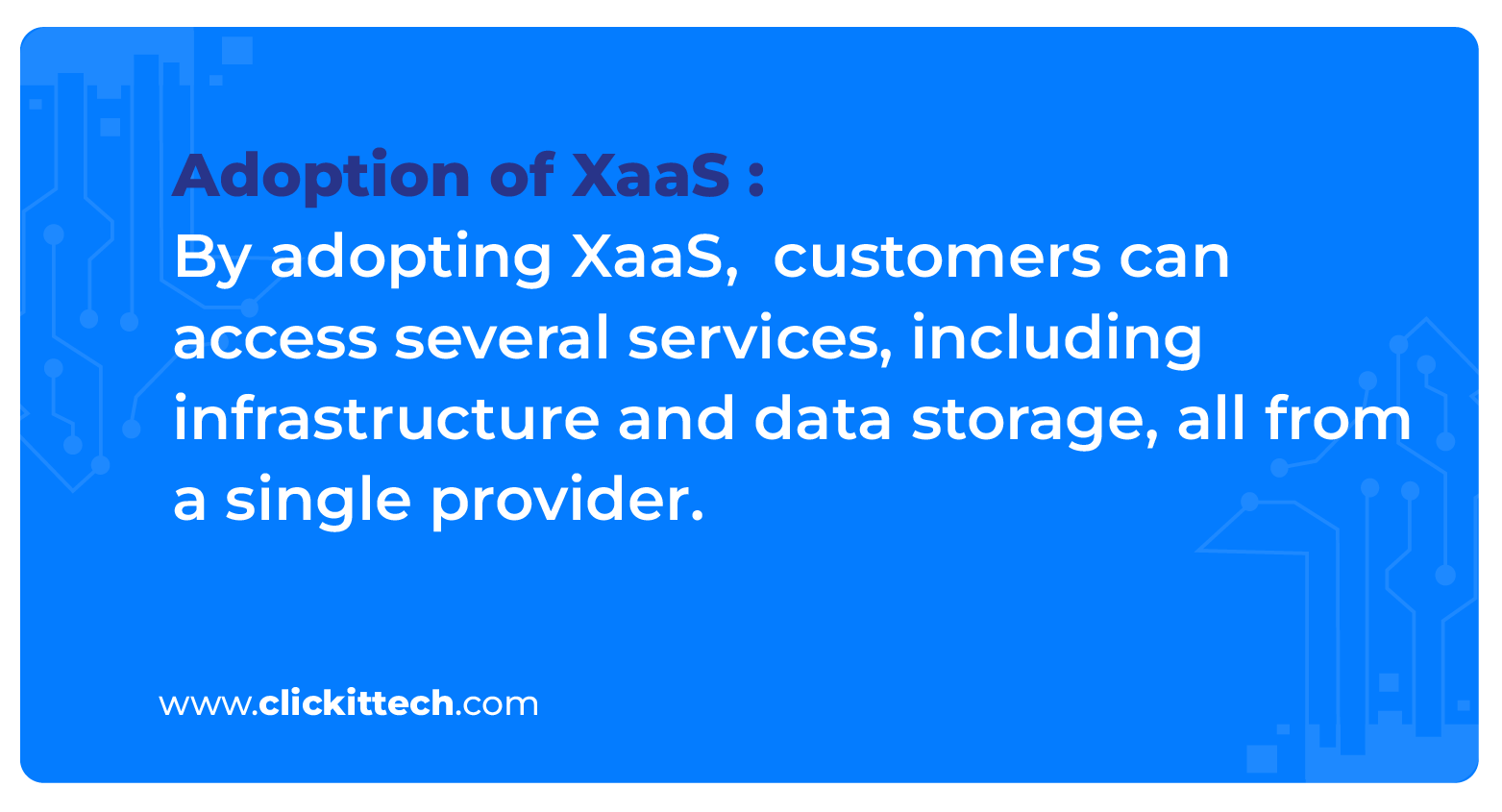
Adoption of Low-code Platforms
The rise of low-code platforms has revolutionized digital transformation technologies. According to Gartner, this industry is now worth nearly $13.8 billion! Additionally, by 2024, these platforms are expected to account for over 65% of software development.
Low-code technology allows individuals with little to no programming knowledge to participate actively in software development. These platforms democratize the development process, making it accessible to a broader audience.
This digital transformation trend has captured the spotlight because of its speed and cost efficiency. Low-code platforms are designed for swift development, significantly reducing the time it takes to bring an idea to life.
We must also remember that low-code platforms incorporate automation features that streamline the software development lifecycle. This means quicker turnaround times and fewer manual interventions, addressing some of the common digital transformation challenges.
Moreover, these platforms lead to substantial cost savings compared to traditional development methods. Another one to the long list of digital transformation benefits!
Read our blog, where we discuss the future of software development.
Increased Migration to the Cloud
The migration to cloud computing has emerged as one of our time’s defining digital transformation trends. McKinsey’s insights underscore this trajectory, with most companies designating 80% of their IT budget to cloud solutions by 2024.
The surging popularity of cloud computing can be attributed to several factors, such as accessibility, efficiency, scalability, and security.
Cloud adoption transcends geographic boundaries, enabling employees and clients to access critical information and applications from anywhere on the globe via the Internet.
This accessibility is especially useful for remote businesses and global organizations. As companies increasingly rely on digital solutions, accessibility becomes essential for their strategies, further advancing digital transformation benefits.
Cloud computing allows businesses to flexibly scale their IT solutions up or down to accommodate their requirements. Whether it’s addressing data storage needs or strengthening processing power, cloud technology is an excellent fit for organizations anticipating long-term development strategies.
Security is fundamental for digital trust, and cloud adoption takes this aspect seriously. Such enhancement in security is key for safeguarding digital files, data, and programs, effectively reducing the risk of breaches as businesses advance on adopting trends. In a way, it helps address digital transformation’s main challenges.
Keep up with the latest trends in SaaS! Read our blog to know all about it!
Automation
Automation, as a digital transformation trend, wields considerable benefits across organizations. It streamlines business processes, reduces costs and manual labor, and enhances employee productivity and organizational efficiency.
Without repetitive tasks in their hands, teams find more time for strategic endeavors. In fact, technology tools can potentially automate around 45% of business activities, offering opportunities to prioritize their outputs and human talent for breakthrough projects.
We must keep in mind that digital transformation trends are not a static concept but an evolving force. As one challenge is solved, organizations are naturally inclined to seek the next step. This is how automation emerges as a critical ally in sustaining ongoing initiatives while fostering the development of new innovations.
Automation optimizes workflows while reducing inefficiencies. Other benefits this digital transformation trend carries include enhancing employee and organizational efficiency and reducing manual labor and costs.
Blockchain Investment
As we study digital transformation trends, one that stands out is blockchain technology. Despite the tumultuous landscape of cryptocurrencies in 2022, blockchain technology achieved significant milestones in growth and innovation.
The adoption of blockchain keeps gaining momentum across organizations, and projections suggest that this growth trajectory will continue. For instance, the market is expected to reach $19.36 billion by the close of 2023.
Blockchain functions as an amalgamation of secure records, interlinked and safeguarded through cryptographic means. It constitutes a shared ledger composed of blocks and transactions that heighten security and transparency.
Talking about finance, what are your thoughts on “The Battle Between Fintech vs Banks“?
Additionally, users of this digital trend can execute smart contracts, bypassing the need for human notaries and eliminating intermediary stages.
Now that safeguarding sensitive information from public exposure is fundamental for software suppliers, blockchain is an indispensable digital transformation trend to watch closely.

AI and ML
It is fair to say that many trends in our catalog revolve around AI.
Today’s customers no longer perceive efficiency and personalization as optional luxuries; they demand these attributes as baseline expectations. However, delivering such experiences transcends the capabilities of human teams alone. It requests enterprises to integrate AI and machine learning into their digital strategy.
According to Fortune Business Insights, the global Machine Learning (ML) market will gain an impressive $225.91 billion by 2030. Meanwhile, the global artificial intelligence (AI) market is charting a trajectory to $2,025.12 billion by 2030.
AI and ML are among the most relevant digital transformation technologies, and if we consider their benefits, it is quite easy to understand why. AI gives organizations insights into customer behavior, demographics, and preferences. It equips them to make informed decisions.
Simultaneously, ML enables companies to leverage data to craft a personalized customer experience that resonates with their customer base.
Intelligent Search
Intelligent Search is a compelling digital transformation trend underpinned by AI technologies, machine learning, and natural language processing. It represents a significant change from conventional search paradigms to get information from virtually any data source.
This digital transformation trend delivers smarter, faster results while serving as a centralized gateway to enterprise content repositories. Such innovation allows organizations to analyze data across structured and unstructured formats, fostering agility, knowledge discovery, and data-driven insights.
It’s a critical tool for businesses seeking to use the full potential of their data and enhance their transformation.
The benefits of a digital transformation trend like intelligent search are plenty. Nonetheless, unlocking its potential requires careful consideration of challenges like data integration and ensuring data privacy and security.
Refocus on Cybersecurity
This trend directly fights one of digital transformation’s main challenges: security concerns.
Data privacy and security have become significant concerns for the increasing number of companies migrating their data to the cloud. With this in mind, enterprises opt for a comprehensive strategy combining digital transformation technologies with cybersecurity measures.
To address other security challenges (like data branches, compliance with legal regulations, etc.) and fully embrace this trend, organizations must implement an approach that includes actions like:
- Regular Software Updates. Keeping software up to date is paramount in reducing the vulnerability to cyberattacks. Several digital transformation technologies can be beneficial for this.
- Vigilant Network Monitoring. Continuously monitoring networks for suspicious activity is crucial for cybersecurity.
- Implementing Security Measures. Incorporating robust security measures like firewalls, intrusion detection systems, and data encryption fortifies data protection.
- Employee Education. Educating employees about cybersecurity best practices is instrumental in safeguarding an organization’s digital assets, making it essential for embracing this digital transformation trend.
Adoption of XaaS
The last digital transformation trend we will discuss today is the adoption of XaaS, also known as Everything as a Service.
This shift from traditional purchases to subscription-based services has been consistent with the transformation technology trend for over a decade. Furthermore, the popularity of XaaS is anticipated to gain $2,378.07 billion by 2029.
The rise of XaaS expands the boundaries of the Software as a Service (SaaS) model. With this digital transformation trend, customers can access several services, including infrastructure and data storage, all from a single provider.
One example of an XaaS pioneer is Amazon Web Services. This industry titan provides a vast offer of cloud storage and computing services, bringing the vision of Everything as a Service to life.
Undoubtedly, organizations can tap into XaaS to boost their operational efficiency and open the door to all digital transformation benefits around.
Embracing Digital Transformation Trends with ClickIT
ClickIT understands these trends and offers you the best services in the market to ensure your business keeps up and excels in this dynamic environment.
Our team of highly skilled engineers is a force to reckon with. They’re passionate, driven, and equipped with the best tools in the industry to create projects that align with and address all your needs.
At ClickIT, we don’t just follow trends; we set them. We employ the power of the latest digital transformation technologies to craft solutions that are not only innovative but also future-proof. We understand the significance of staying one step ahead in a competitive landscape.
Clickers customize our services to meet your unique requirements. Our engineers work closely with you to identify your digital transformation challenges and create solutions that are perfectly aligned with your business goals.
As you cross this road, partner with ClickIT to turn all challenges into opportunities. Let us help you embrace the full spectrum of trends, from AI to blockchain and beyond.
Don’t just keep up with the digital transformation trends; lead them with ClickIT by your side.
Conclusion
Digital transformation trends change how people work, collaborate, and perceive their roles within the company. Therefore, implementing them is not a task confined to IT departments. It’s a collaborative journey, a collective effort that spans across all areas of an organization.
The trends we have seen are fundamental for businesses trying to reach new levels. But, as we look ahead, it’s essential to acknowledge that while the possibilities are vast, resources may not be infinite. Focusing on one trend at a time is perfectly natural.
In the face of what may seem overwhelming, remember that keeping pace with the latest trends is perfectly achievable. With the right strategy, you can craft a competitive approach that endures not only into the end of 2023 but also beyond.
Embrace the trends, the challenges, and exploit the transformative benefits of digital transformation. Lead your organization toward a brighter, more digitally empowered future.

FAQs
It encompasses four primary areas: customer experience, operational processes, business models, and workforce enablement. These areas enhance customer interactions and empower employees with digital transformation technologies.
Leading trends include low-code platforms, increased migration to the cloud, automation, blockchain investment, the adoption of XaaS, and more.
Such trends shape how businesses evolve and employ digital technologies to stay competitive.
It is a strategic approach that uses digital technologies to fundamentally alter how a business operates, delivers value to customers, and maintains a competitive edge. It entails the integration of digital tools and technologies across various aspects of an organization to drive innovation.








